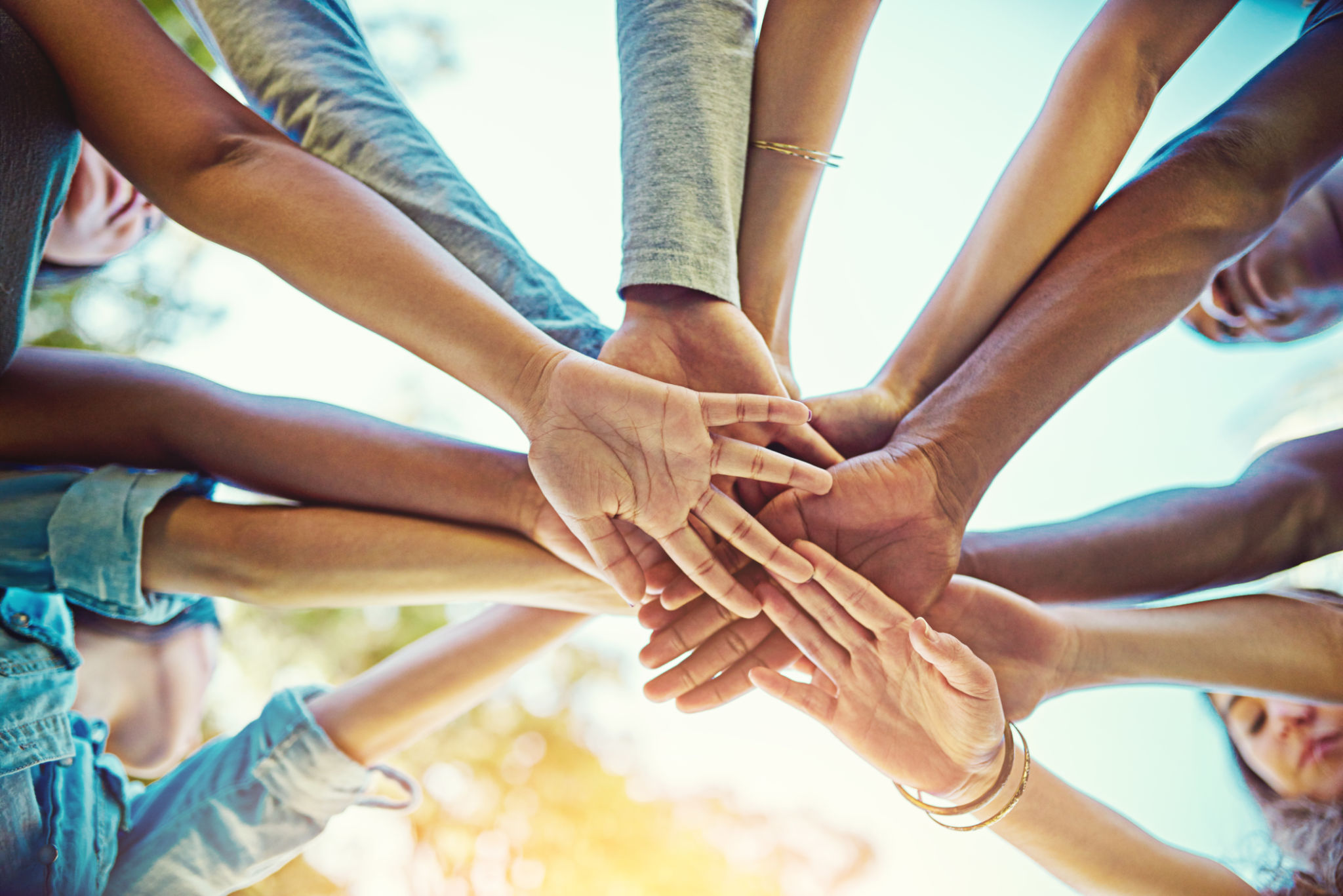Preparing for Stroke Rehabilitation: Tips for Families and Caregivers
Understanding Stroke Rehabilitation
Stroke rehabilitation is a critical phase in the recovery process for stroke survivors. It involves a series of therapies aimed at helping individuals regain independence and improve their quality of life. For families and caregivers, preparing for this journey can be overwhelming, but with the right approach, it can be a rewarding experience that makes a significant difference in the survivor's recovery.

Establishing a Supportive Environment
The home environment plays a crucial role in the rehabilitation process. As a caregiver, it's essential to make necessary modifications to ensure safety and accessibility. This might include installing grab bars in bathrooms, rearranging furniture to create open pathways, and removing potential hazards like loose rugs or cords. These changes not only enhance safety but also encourage independence during daily activities.
Additionally, emotional support is equally important. Stroke survivors often face emotional challenges such as frustration, anxiety, or depression. Being a source of positivity and encouragement can greatly aid in their mental recovery.
Educating Yourself and Others
Knowledge is power when it comes to stroke rehabilitation. Educate yourself about the specific type of stroke your loved one experienced and the expected recovery process. Understanding the therapies involved—such as physical, occupational, and speech therapy—will help you set realistic expectations and provide better support.

Share this knowledge with other family members and friends involved in the caregiving process. Organize meetings or distribute informational materials to ensure everyone is on the same page regarding care strategies and goals.
Building a Rehabilitation Plan
A comprehensive rehabilitation plan tailored to the survivor's needs is essential. Work closely with healthcare professionals to develop a structured plan that includes regular therapy sessions, exercise routines, and rest periods. Consistency is key to progress, so sticking to this schedule is paramount.
Consider keeping a rehabilitation journal to track improvements and setbacks. This can provide valuable insights into what strategies are most effective and help adjust the plan as needed.

Taking Care of Yourself
Caring for a stroke survivor can be demanding, both physically and emotionally. It's vital to remember that your well-being is just as important. Make sure to take breaks, seek support from other caregivers, or join support groups where you can share experiences and advice.
Prioritize self-care by getting enough rest, eating well, and engaging in activities that bring you joy. By taking care of yourself, you will be better equipped to care for your loved one.
Leveraging Community Resources
Don't hesitate to reach out for help from community resources. Many organizations offer services such as transportation assistance, meal delivery, or respite care for caregivers. These resources can provide much-needed relief and support during the rehabilitation journey.
Check with local hospitals or stroke advocacy groups to find out what programs are available in your area. Leveraging these resources can significantly ease the burden on both the survivor and the caregiver.

Celebrating Small Victories
Recovery from a stroke is often a long and challenging process, but celebrating small victories along the way can boost morale and motivation. Whether it's regaining the ability to perform a daily task independently or making progress in therapy sessions, acknowledging these achievements is crucial.
Keep an optimistic outlook and encourage your loved one to focus on what they have accomplished rather than what still needs to be done. This positive reinforcement can make a significant difference in their overall recovery experience.